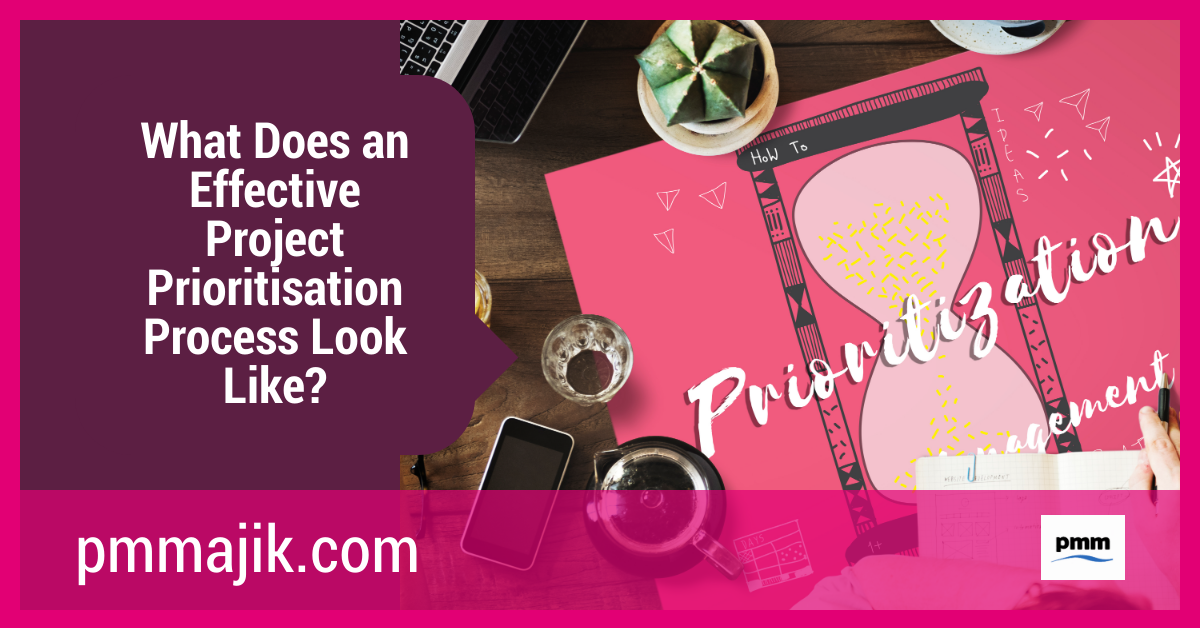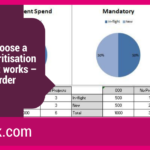When your project management office (PMO) needs to introduce or overhaul its project prioritisation model, there needs to be a solid process in place to make sure it’s effective. Before jumping into choosing a framework, you need to consider what an effective project prioritisation process looks like.
Having a prioritisation process in place for your projects has a range of benefits. You need to get the method you choose right so that your PMO will be able to reap those benefits and be successful long-term.
We’re going to look at:
- The characteristics of a good project prioritisation plan
- How to ensure the long-term success of your project prioritisation
- Preparing your PMO for introducing a prioritisation process
To help you understand how to approach designing your new system.
What does a good project prioritisation process look like?
A good project prioritisation process is one that will last long into the future. Prioritising projects isn’t a one-off or even annual event – you need to continually reassess which of your projects are the most important in your portfolio.
When you’re looking at the different ways you can assign priority to your projects, you need to be looking at:
- Consistency – can all of the projects you tend to work with fit into the process and give consistent answers, and is there a backup process for any outliers?
- Adaptability – your PMO isn’t static, and your priorities won’t be either; you need a prioritisation process that can change as your projects or KPIs change.
- Accessibility – with training, anyone should be able to assess a project’s priority – ensure that nothing is too complicated and it’s easy to understand.
- Realistic – a framework that gives every single project high priority, isn’t going to be effective. Choose a way to prioritise that works with the resources your PMO has.
How does a project prioritisation process work in the long-term?
Your PMO needs to regularly work on prioritising projects. This will help you to identify redundant projects quick, and also adjust your project priorities as the business changes and adapts to new challenges.
Baked into your prioritisation process needs to be a system of reassessment. Whether you complete a full cycle of the process again or have a slimmed-down version that can check-up to see if a project is still at the same priority level.
Creating a cycle that regularly confirms the priority of the projects under your PMO will help with resource allocation and ensure that you’re getting good value out of all the work you do.
What tasks will a PMO face when introducing a new prioritisation process?
Whether you’re introducing a prioritisation process to a new PMO or are changing the current arrangement to suit your needs better, you need to have the support in place.
There will be new data that needs to be collected. Pulling data and creating reports is something your PMO will be able to do well, but ensure that you’re not creating too much extra work by creating new requirements.
More records will need to be kept of how your office is prioritising projects. This will make sure that there is an audit trail in case of a problem with the project, or indeed if a project is very successful, so reasons can be established.
You also want to have good record keeping so that you can evaluate how successful your prioritisation process is in general.
The take-home
Prioritising your projects will have positive effects on your PMO and your projects. Choosing the right process for your PMO to follow or switch to can be daunting because it will be a process that will fold into your quarterly and annual schedule.
Choose a process that will deliver the improvements that your PMO needs and can change as your office and the wider business changes, too. Having the capacity to manage the data requests and storage is also important so that your office doesn’t become overwhelmed by the new process.






